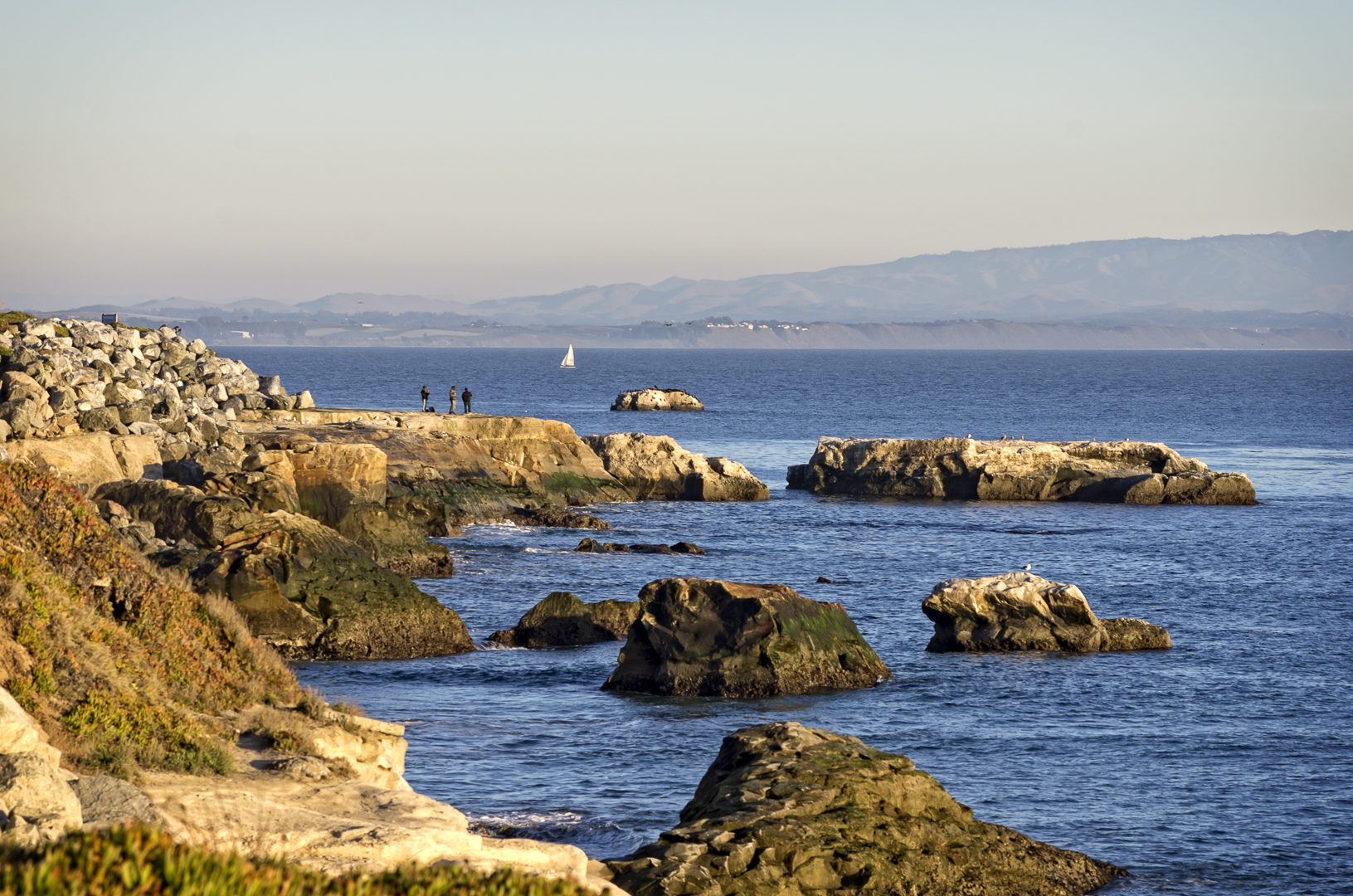Excerpt:
In a study published in early November, UC Santa Cruz researchers examined how much microplastic is present in the Monterey Bay and some of its inhabitants, and found that the tiny pieces of plastic pollution are not only prevalent in the water, but also in the fish and seabirds they studied.
“There’s been very little work understanding how much microplastic seabirds are ingesting because it’s not easy to do,” said Myra Finkelstein, adjunct professor at UCSC’s microbiology and environmental toxicology department. “When a bird eats a bottle cap and dies, you can see the bottle cap when you study the bird, but these are small microparticles.”
Although Finkelstein served as the study’s senior author, the microplastic research was spurred by former UCSC grad student and current fellow at the State Water Resources Control Board, Sami Michishita. The study’s goal was to find the prevalence, composition and estrogenic activity of microplastic in the Monterey Bay. Microplastic is plastic debris smaller than 5 millimeters in length, which is about the thickness of a pencil eraser.
In order to understand the bigger picture around these tiny particles, Michishita and her collaborators took water samples from the Moss Landing Marine Laboratory and in Santa Cruz at the Long Marine Laboratory, and focused on two species often found in the bay, northern anchovies and the seabird known as the common murres.









